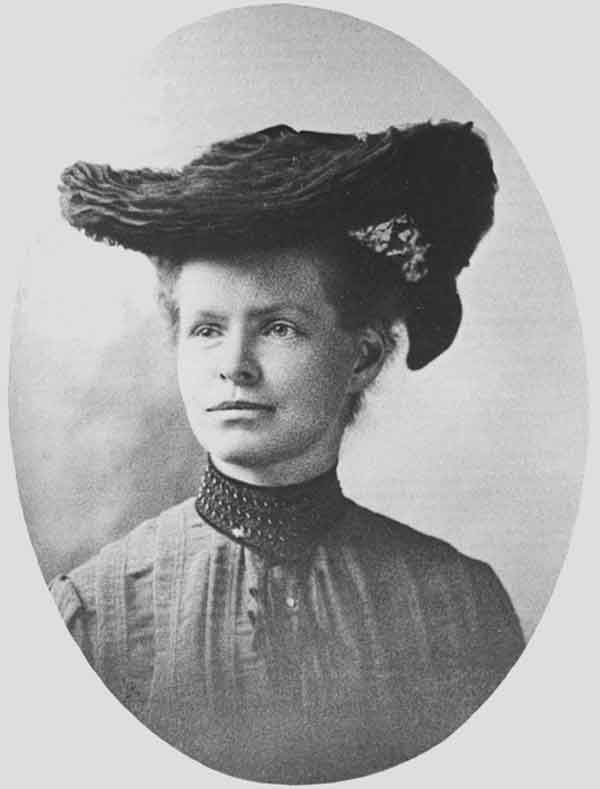


On her 155th birthday, Nettie Stevens is finally being honored with a Google Doodle, though it would have been nice for her to get a little more appreciation back in her time.
At a time when there really weren't any spots open for women, Steven discovered sex chromosomes while studying mealworm beetle sperm as a genetic researcher. She had worked to afford an education for herself, eventually studying at Stanford (at the time an young, upstart school) and Bryn Mawr.
Stevens discovery was groundbreaking at the turn of the 20th century, when people still thought that a baby's sex was based on the mother's genes or some unknown environmental factors, like temperature. Stevens was able to start science on a journey to understanding that there are specific chromosomes that determine sex, as men are XY and women are XX. With her microscope, she was able to see that males and females each had one chromosome that was different.

Yet Stevens didn't get the recognition she deserved. A male colleague and mentor, E.B. Wilson of Columbia, published similar findings around the same time that overshadowed Stevens's findings, even though Wilson's findings were both more theoretical and less accurate.
After her big discovery, Stevens continued to study the subject she loved, until her untimely death at the age of 50 from breast cancer.
We can thank Nettie Stevens that we no longer believe that warm temperatures cause a baby to come out a girl.

EDITOR'S PICKS











